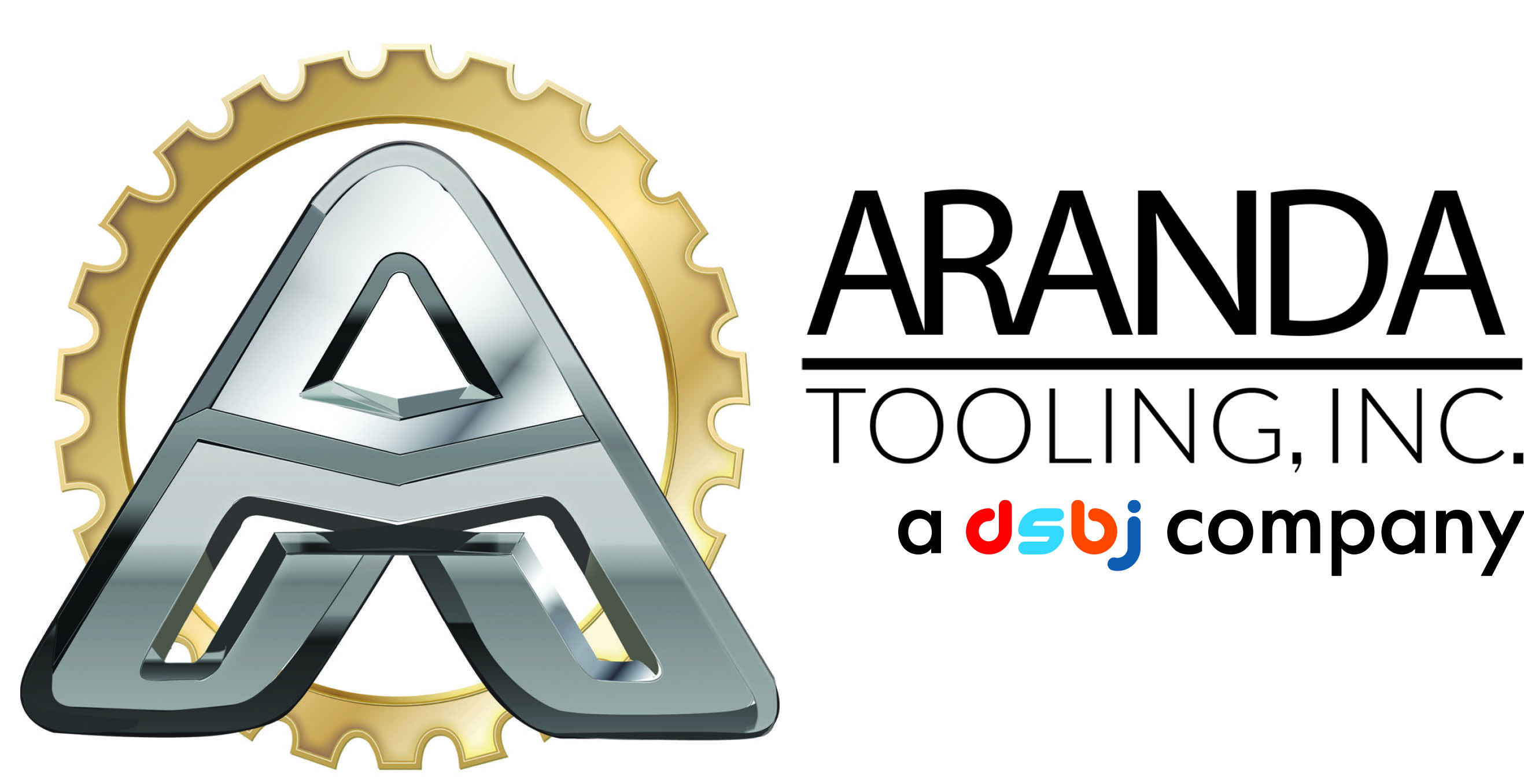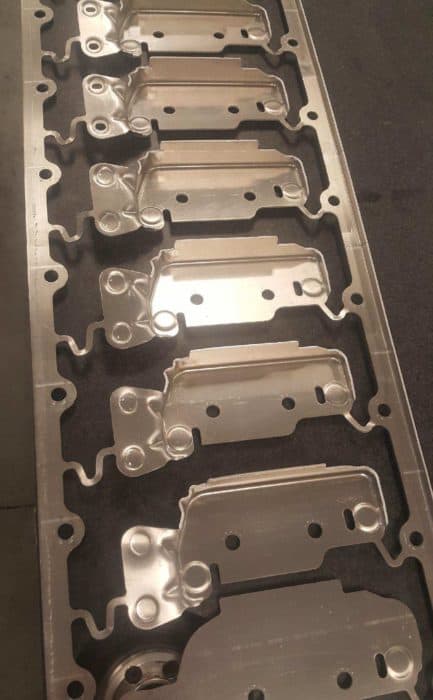The process of turning sheets of metal into a useful part or component is called sheet metal stamping. The metal is fed into a press, where the stamping tool, also known as a die, creates the desired shape. The die is pressed into or through the metal with tremendous force. The force used in the process is measured in tons.
Except for some specialized processes, sheet metal stamping doesn’t use heat. Instead, it is done with a cold-forming technique. Even though no heat is used, the part can come out hot because of the friction that’s created between the metal and the die from the force of the press.
Common Sheet Metal Stamping Process
There are basically only three components to sheet metal stamping—the sheet metal, die, and press machine—but any single part can require multiple steps to arrive at its final form. The following guide explains a few common processes that might occur during metal stamping.
- Forming: Forming describes the process of transforming the flat metal into another shape by applying force. It is accomplished in one of several ways, depending on the design specifications for the part. With a series of operations, the metal can be altered from a relatively simple shape into a complex one.
- Blanking: Blanking is the most basic technique and initiates when the sheet or blank is fed into the press where the die cuts out the desired shape. The resulting piece is called a blank. The blank may be the desired part, also known as a fully finished blank, or it may continue to the subsequent step of forming.
- Drawing: Drawing is a more complicated operation and is how vessels or deep depressions are formed. Tension is used to carefully draw the material into a cavity to change its shape. Though the material might stretch while it’s drawn, technicians try to avoid stretching as much as possible to keep the material intact. Sinks, cooking equipment, and oil pans for vehicles are usually made with drawing.
- Piercing: Piercing is almost the opposite of blanking, but instead of saving the blanks, technicians use the material around the outside of the punched area. As an example, think of cutting biscuits from a rolled-out circle of dough. During blanking, the biscuits are saved; during piercing, on the other hand, the biscuits are discarded, and the hole-riddled remains are the desired outcome.
Materials
Though virtually any metal, including gold, can be stamped, sheet metal is by far the most common. The type of metal used depends on the type of part that’s needed and its desired properties, such as corrosion- and heat-resistance.
Sheet metal stamping can produce parts from the following materials:
- Stainless steel
- Low- and high-carbon steel
- Aluminum
- Titanium
- Brass
- Bronze
- Copper
- Inconel
- Nickel alloys
Applications of Sheet Metal Stamping
In the stamping process, sheet metal is transformed into complex parts using highly specialized computer-aided drafting and manufacturing programs. Sheet metal stamping produces superior, resilient, heavy-duty parts quickly and efficiently. The results are so precise, they’re typically more reliable and consistent than manual machining.
The following industries use components that are created via sheet metal stamping:
- Automotive
- Renewable energy
- Medical
- Industrial
- Hardware
- Home Improvement
This list is by no means exhaustive. There is a considerable demand for sheet metal stamping, and the range of industries that depend on it is vast.
Precision Metal Stamping Services
When your industry requires high-caliber precision parts, you need a stamping company that meets the most stringent quality standards. Aranda Tooling, an ISO 9001:2015-registered company, has been manufacturing precision tools for companies worldwide since 1975. Today, we produce over 1 million highly detailed parts every week for even the most technologically advanced applications.
To find out more about our stamping services, please visit our services page, or request a quote online. If you have any questions, contact us at Aranda Tooling, Inc. today.





 Request For
Request For

Comments are closed